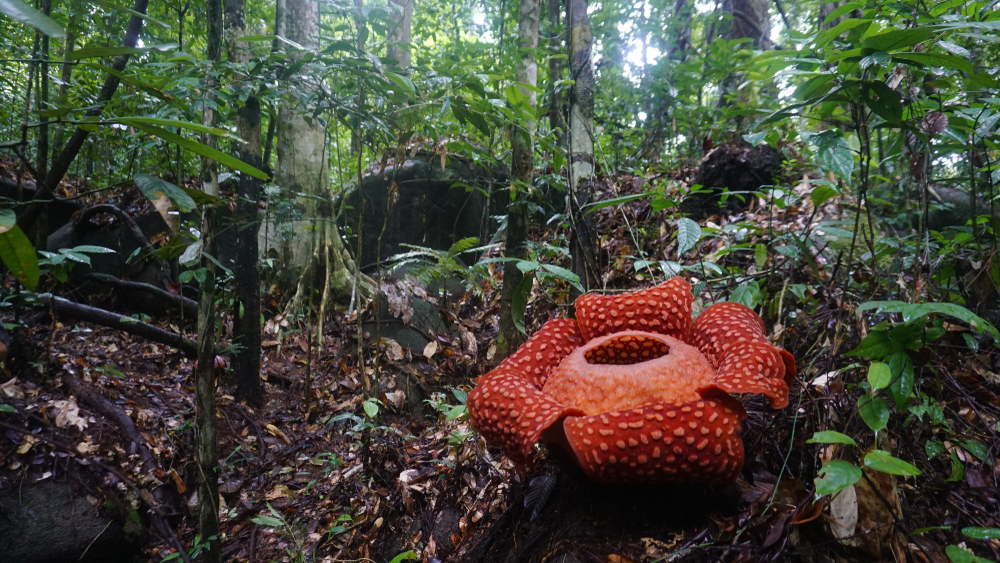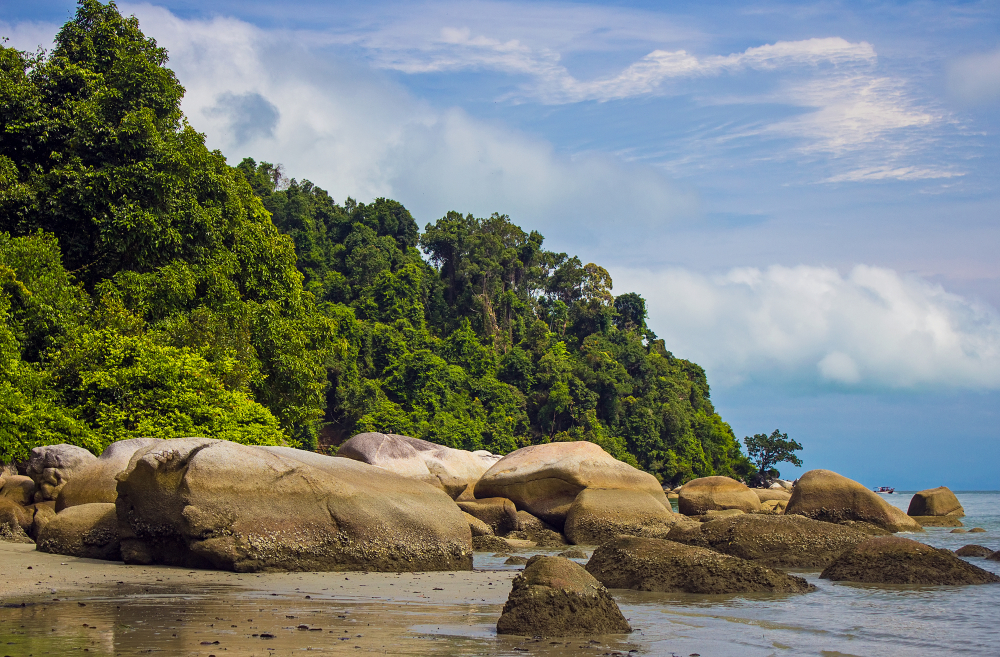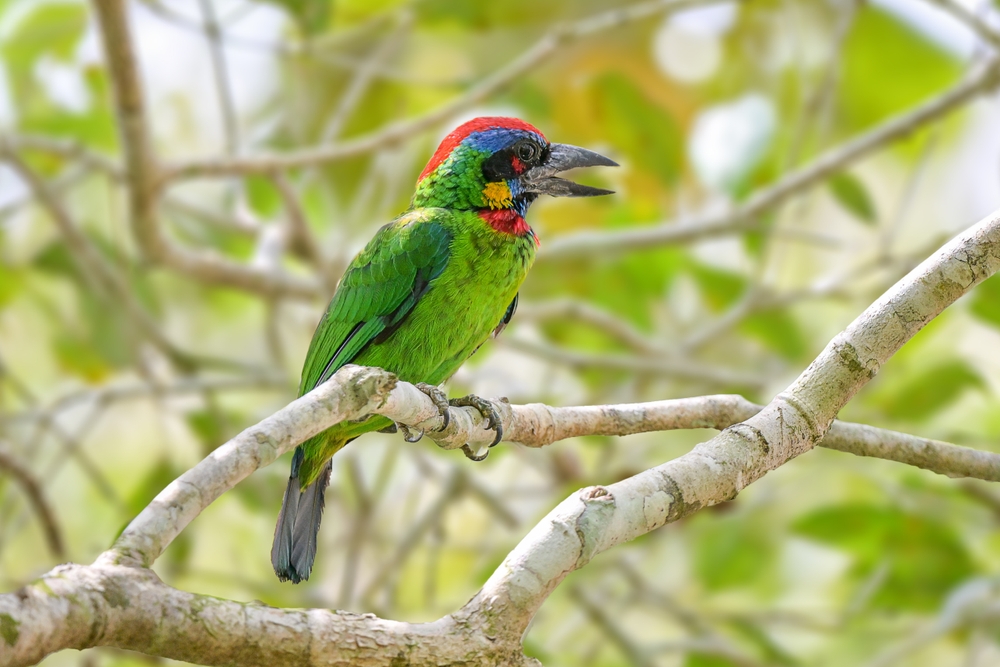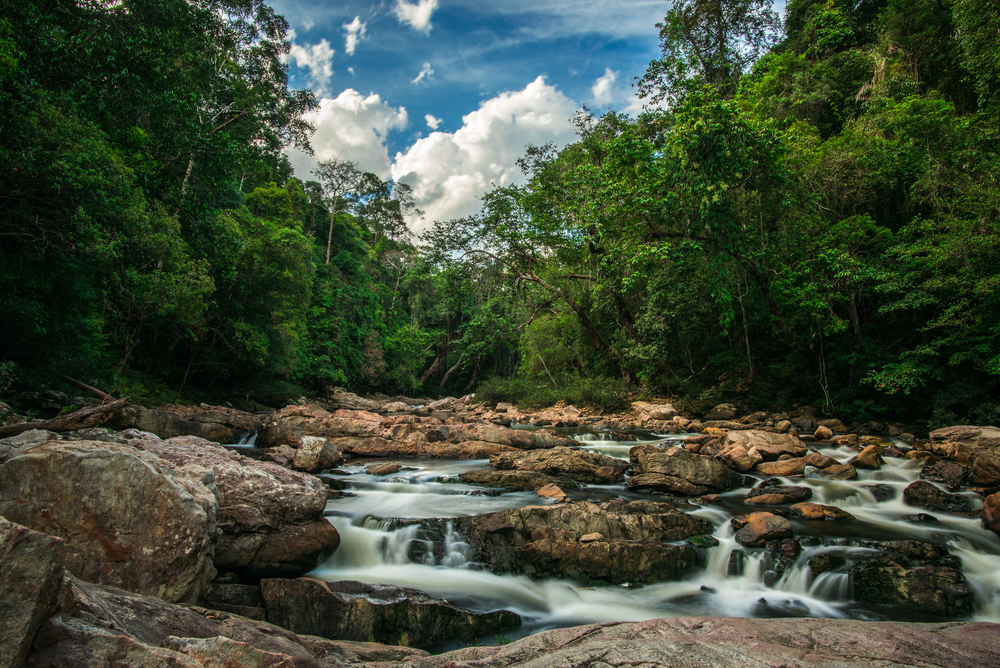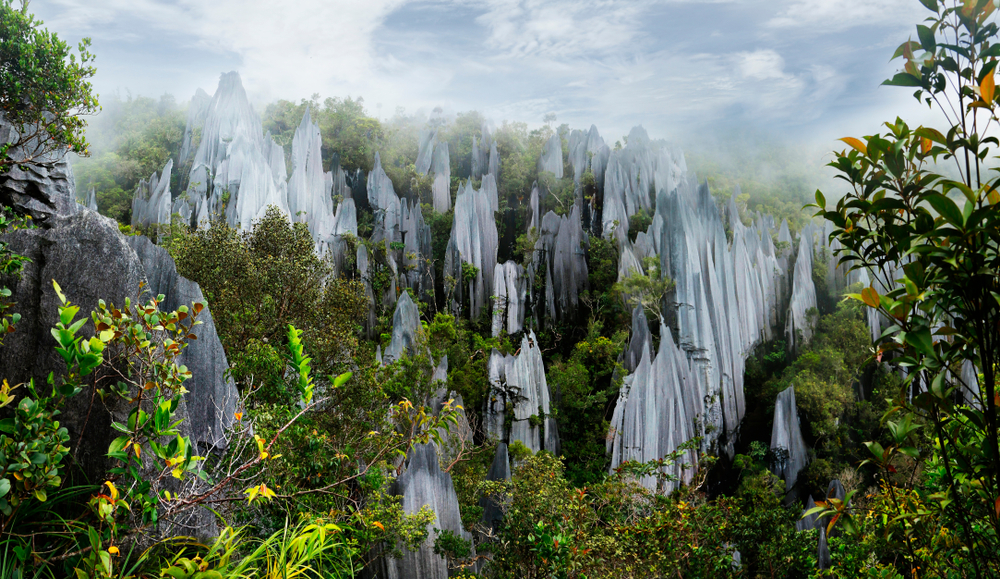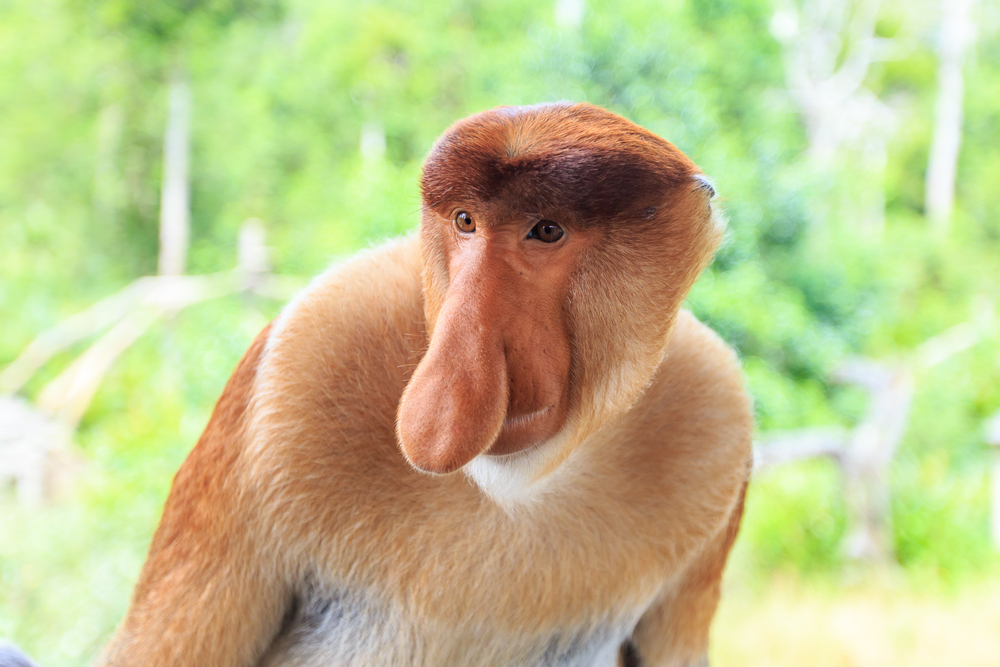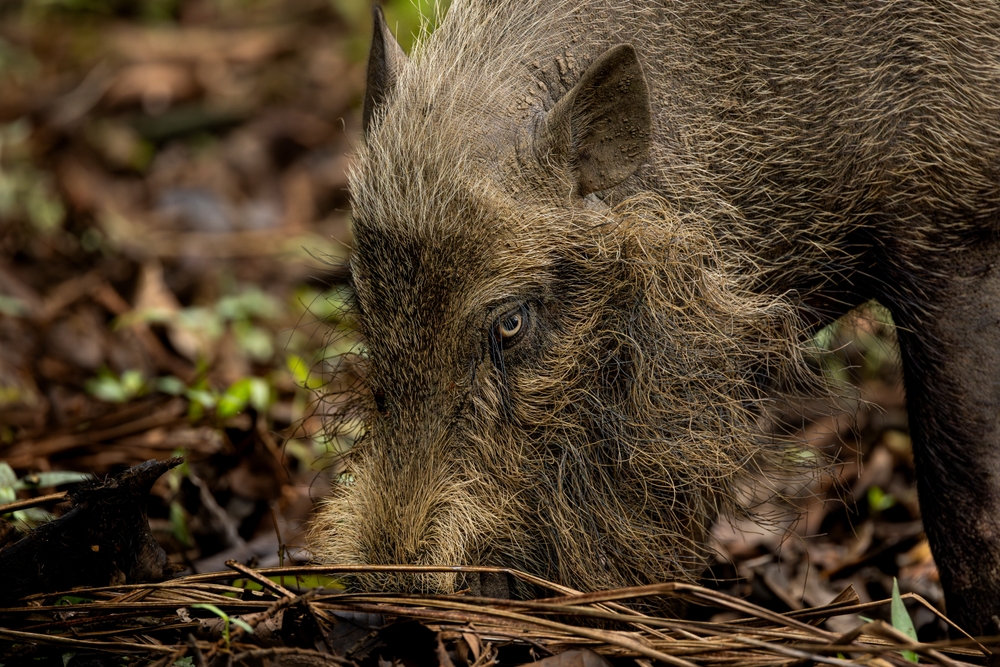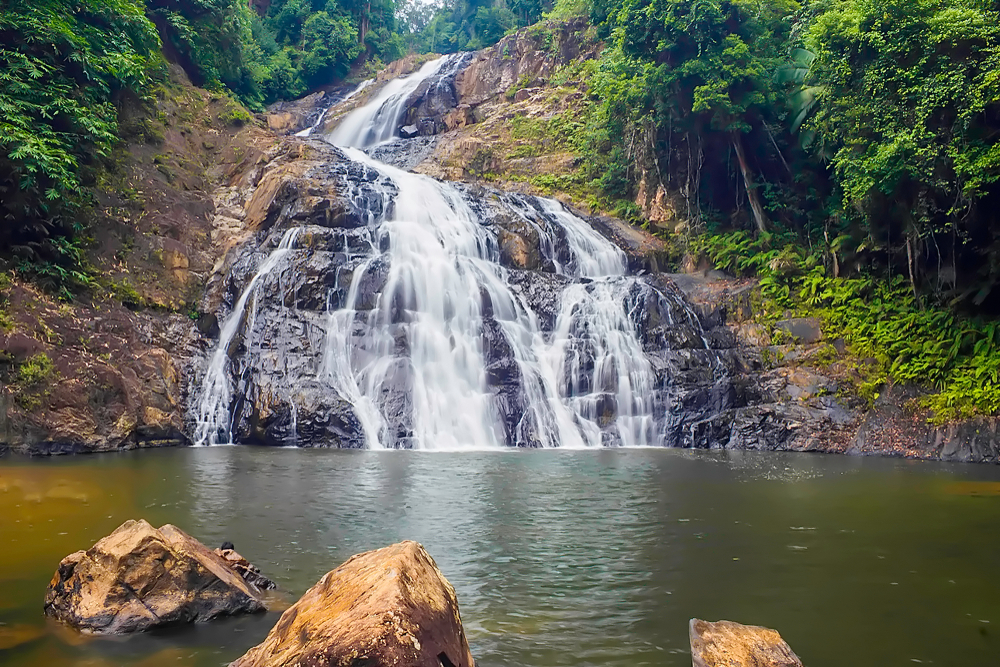Gunung Gading Overview
Gunung Gading National Park, locally known as Taman Negara Gunung Gading, is a gem of natural beauty located in the Lundu District of Sarawak, Malaysia, on the island of Borneo. Covering an area of approximately 21 square miles (55 square kilometers), this park is renowned for its lush rainforests, towering peaks, and unique biodiversity.
Nestled within the park is Mount Gading, the highest point in the region, rising prominently amidst the dense vegetation. The park is famed for its rugged terrain, featuring cascading waterfalls such as Waterfall 7 and streams that meander through the dense jungle, creating a serene and picturesque environment.
The terrain at Gunung Gading is a vibrant mosaic of tropical rainforest ecosystems, with steep ridges and forested valleys blanketed by a dense canopy of dipterocarp trees, ferns, and palms. These ancient forests also host various exotic flowering plants, including the world-famous Rafflesia tuan-mudae, the largest flower in the world. This giant parasitic bloom can span up to three feet (one meter) in diameter and is a sought-after attraction for visitors, though its appearance is rare and unpredictable.
The park is home to an astonishing array of wildlife, offering visitors a chance to encounter some of Borneo’s most iconic creatures. Primates such as the long-tailed macaque and the Bornean gibbon are often spotted in the treetops, while the park’s forest floor provides habitat for small mammals like the mouse deer and civets.
Birdwatchers will delight in observing species such as the hornbill, kingfisher, and various types of bulbuls, which add vibrant colors and melodies to the forest. Insects, including colorful butterflies and exotic beetles, further enrich the park’s biodiversity.
Gunung Gading National Park’s key attraction is undoubtedly its Rafflesia flowers, which draw botanists, photographers, and nature enthusiasts from around the world. The park is also a popular destination for trekking, with well-marked trails leading to scenic viewpoints, waterfalls, and secluded forest areas. Visitors can explore paths ranging from easy walks to more challenging routes that ascend Mount Gading. The park’s waterfalls, including Waterfall 7, are particularly favored for their refreshing pools, offering a cool retreat amidst the tropical heat.
Efforts to conserve Gunung Gading’s unique environment have been met with both challenges and successes. Illegal logging and encroachment have historically posed threats to the park’s delicate ecosystems. However, proactive measures by the Sarawak Forestry Corporation and collaboration with local communities have significantly improved conservation outcomes. These initiatives include the establishment of controlled tourism practices, habitat restoration projects, and public education on the importance of preserving biodiversity.
Visitors to Gunung Gading National Park can immerse themselves in its stunning natural landscapes while contributing to its conservation. Whether trekking to the waterfalls, seeking out the elusive Rafflesia, or simply enjoying the rich sounds of the rainforest, this park offers an unforgettable experience in one of Borneo’s most pristine natural sanctuaries.








































































